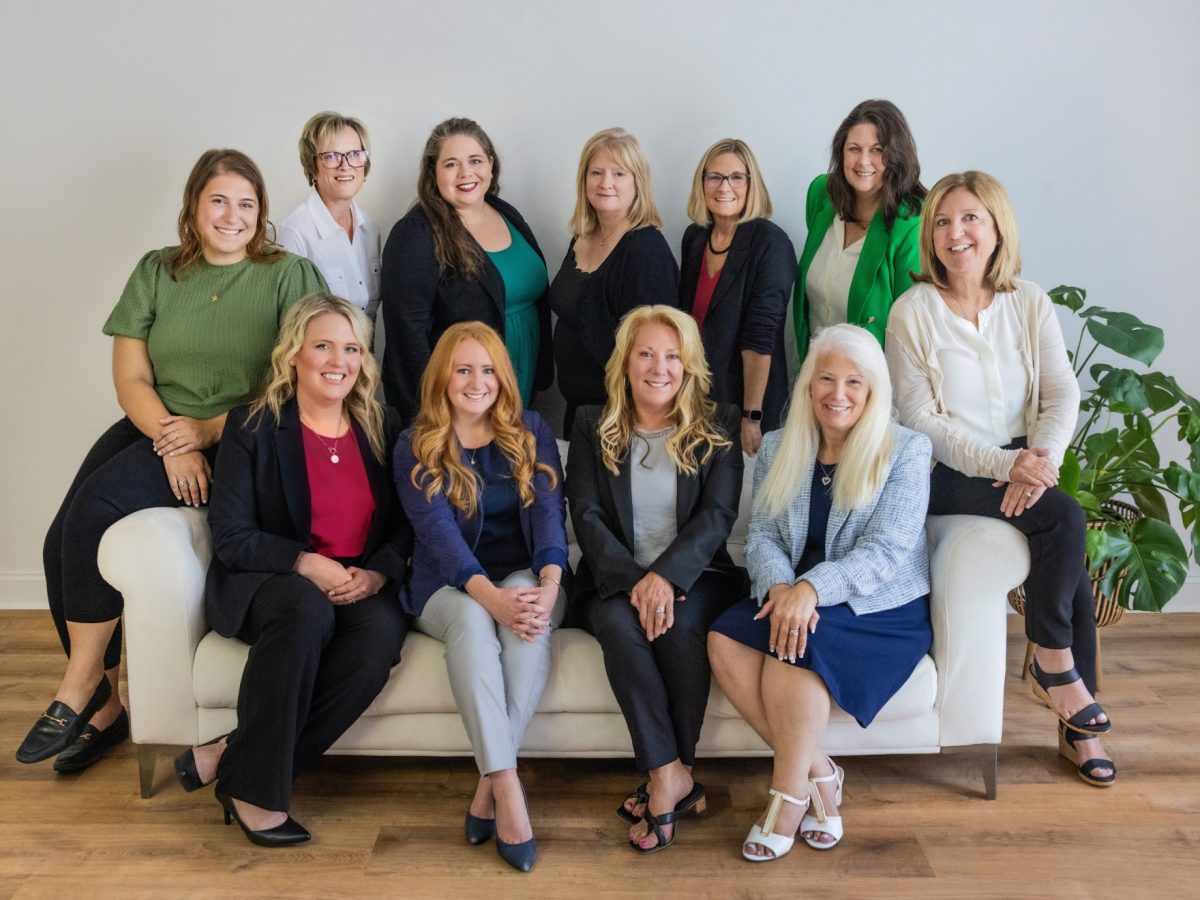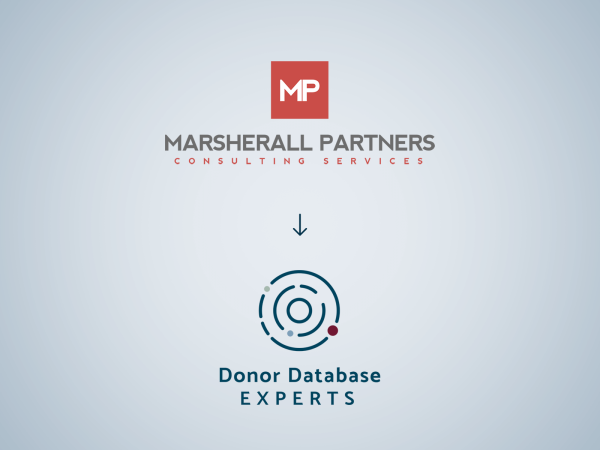A Complete Guide to Database Conversion for Nonprofits
A database conversion can empower your nonprofit to operate more efficiently, manage donor relationships better, and position your organization for future success.
Efficient Data Management is the Backbone of Every Successful Nonprofit
Without a well-functioning donor database, it can be challenging to track donations, communicate with supporters, and execute fundraising campaigns effectively. But as your organization grows, the limitations of your current donor management system may become apparent, signaling that it’s time for a change.
That’s where a database conversion for nonprofits comes in.

What is a Database Conversion and Why is it Essential for Nonprofits?
A database conversion is the process of migrating data from one donor management system to another. This often involves transforming the data to fit the new system’s structure and ensuring the information is accurate, consistent, and usable.
Nonprofits often opt for a database conversion when their current system no longer meets their needs. For instance:
- The system lacks scalability, causing operational inefficiencies as the organization grows.
- Data is disorganized or difficult to analyze.
- The software does not integrate well with other tools, limiting functionality.
Ultimately, database conversion helps nonprofits unlock the full potential of their donor management platform, making it easier to cultivate long-lasting relationships with supporters and drive impact.

Why Cleaning Your Data is Critical Before Conversion
Before migrating your data to a new system, you need to ensure it’s accurate, complete, and free of duplicates. Why? Because transferring messy data into a new database only brings pre-existing inefficiencies into the new system, negating the benefits of the upgrade.
Here’s how to clean your data effectively:
1. Remove Duplicates
Eliminate redundant records for donors who may appear multiple times.
2. Verify Information
Double-check donor contact details for accuracy, including names, phone numbers, and email addresses.
3. Archive Outdated Data
Some data may no longer serve your nonprofit’s goals. Archiving or safely storing this information reduces clutter.
Taking the time to clean your data ensures a streamlined and productive transition.
How to Build a Donor Data Migration Strategy
A well-planned migration strategy can save your nonprofit time, money, and stress during the conversion process. Here are the key steps to crafting a robust donor data migration plan:
Assess Your Current Data
Evaluate the strengths and weaknesses of your current system. Identify any data that needs cleaning, organizing, or removing.
Define Your Goals
What do you want to achieve with your new database? For example, you may want better reporting, automation tools, or improved integration with other software.
Establish a Timeline
Set realistic deadlines for cleaning, migrating, and testing your data. Clear milestones will help keep the process on track.
Communicate with Stakeholders
Ensure your team, board members, and any relevant stakeholders understand why the change is occurring and how it benefits the organization.
Partner with Experts
Consider hiring a database conversion consultant who can guide you through the process and mitigate risks.
What is Data Mapping, and Why is it Essential?
Data mapping is the process of matching data fields from your current database to corresponding fields in the new system. It ensures that all information stored in the old database is properly translated and functional in the upgraded system.
For example, the “Donor Name” field in your current system may need to be mapped to “Contact Name” in the new database. Here’s why creating a data mapping plan is so critical:
- It prevents data loss during the migration.
- It minimizes errors by ensuring that data is correctly organized.
- It reduces downtime during the transition process.
- It fosters accuracy and efficiency when building reports.
Without proper data mapping, your new database may end up with inconsistent or misplaced information, which could disrupt operations.

Test Before You Commit
Never implement a full-scale conversion without testing the migration process first. Testing helps you identify issues ahead of time and ensures that your data transitions smoothly into the new system.
Key Steps for Testing:
Conduct a Trial Migration
Perform a small-scale migration to catch errors like formatting issues or compatibility problems.
Validate Data Accuracy
Verify that all data fields have been transferred accurately and are fully functional in the new database.
Obtain Team Feedback
Allow team members who will use the database daily to explore its features and provide input.
By testing thoroughly, you can address potential issues before they become significant roadblocks during the full migration.
How to Select a Database Conversion Consultant
Navigating a database conversion can be a daunting task, which is why hiring a skilled consultant is often a smart investment. The right consultant can save your nonprofit time, reduce stress, and minimize errors during the transition.
What to Look for in a Consultant:
- Nonprofit Experience: Choose a consultant who understands the unique needs and challenges of nonprofits.
- Expertise in Your Software: Ensure the consultant is well-versed in both your current system and the new database you’re transitioning to.
- Comprehensive Services: Select a firm that offers solutions beyond basic migration, such as workflow setup, report customization, and team training.
Partnering with a reliable consultant, like those at Donor Database Experts, ensures that every step of the migration process is handled seamlessly.

Your Nonprofit's Data is in Good Hands
A database conversion is much more than a simple tech upgrade; it’s an opportunity to enhance the way your nonprofit operates. When planned and executed correctly, it can help your organization manage donor relationships more effectively, improve data analysis, and maximize impact.
At Donor Database Experts, we specialize in database conversion for nonprofits. Our team provides tailored guidance, ensuring your transition is smooth, accurate, and stress-free. From cleaning and mapping data to training your team on new workflows, we handle every detail so you can focus on what matters most—your mission.
Contact us today to learn how we can support your nonprofit’s database conversion process and empower your organization to achieve even greater success.
New Name - Same Mission. Marsherall Partners is now Donor Database Experts (DDX). We’ve updated our brand to better reflect our sole focus on donor database management for nonprofits—same trusted team, same mission, clearer identity.

